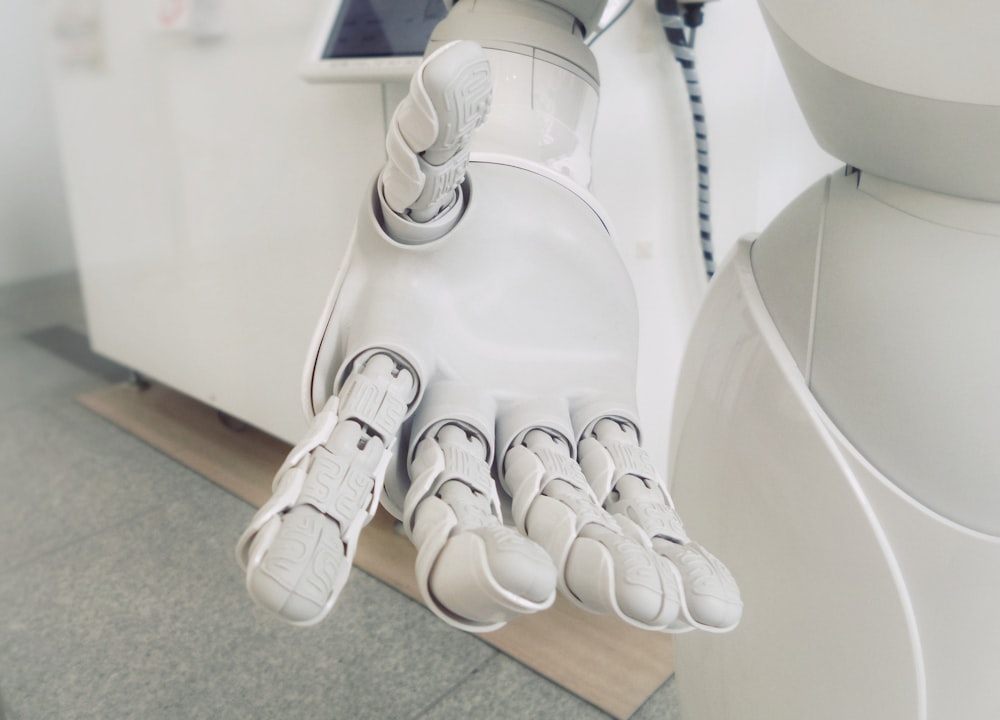

Build and scale Artificial Intelligence (AI) with confidence and transparency to drive digital transformation, deliver personalized customer experiences, and make data–driven decisions.
- Optimize business results with normative analytics.
- Reduce time to value with visual data science tools.
- Eliminate Artificial Intelligence (AI) bias with transparency and explainability.
- Track and scale results from Artificial Intelligence (AI) throughout its lifecycle.
- Quickly adapt and manage Artificial Intelligence (AI) to changing business conditions.
What is AutoML?
AutoML also frees data engineers from building a Machine Learning (ML) data pipeline, allowing them to focus on the insights needed to solve critical business problems.
It would be wrong to consider Artificial Intelligence (AI) under a single heading. Instead, Machine Learning (ML) and Deep Learning are inclusive terms that makeup Artificial Intelligence (AI).
Example Applications
- Reviving Old Pictures
- Autonomous Vehicles
- Customer Segmentation
- Predicting Game Results
- Driverless Ring Vehicles
- Cancer Disease Diagnosis
- Application Evaluation Systems
- Object Recognition and Tracking Applications
- Effects of Natural Disaster Realization Probabilities
- Robots are Climbing Stairs and Trying to Complete Tasks
By examining the data in the data sets, we can learn about the subject we are interested in and some structures through algorithms. For example, let’s say we are a banker. Let someone apply for a loan. We look at the many characteristics of the loan applicant when deciding whether a loan can or cannot be granted to that loan applicant. These features are the features that show whether the borrower can repay the loan. If we give an example of these features; Income, wealth, age, education, company, number of children and in the end, we decide by looking at these features. On the other hand, Artificial Intelligence (AI) learns from many data sets and tries to find the difference between those who pay the loan and those who cannot. When we give the variable values to the Artificial Intelligence (AI) system, the system looks at the historical data and returns “this person can pay the loan or not.”

We need to know to program, Mathematics, Statistics, Data Analysis, Data Science, Big Data, Artificial Intelligence (AI), Deep Learning, Machine Learning (ML), the Internet of Things (IoT), Data Mining. It is essential to ask new questions, explore, solve problems, and focus on the logic of concepts.
The algorithm, in general terms, is a series of operations performed to fulfill a particular purpose. Artificial Intelligence (AI) feeds algorithms with data. If we give them the ability to learn by using Machine Learning (ML) Algorithms, they may become better acquainted with us than we do. Social media likes play an essential role in this. It can predict our desires and inclinations by describing us better than we are.
What is Data Science?
Data Science uses scientific methods, processes, algorithms, and systems to extract meaningful information and value from data. It is the science in which we remove some information from the data sources we have using data analytics and turn it into action. Those who manage to extract meaningful information from data are called data scientists.
How to Extract Useful Information from Data?
- Guided Analytics:
“How should it be, what should it be?” answers your questions. Then, after estimating the possibilities, if the question arises as to what I should do to increase success, the job is to increase success by making action decisions.
- Diagnostic Analytics:
“Why, How?” answers your questions.
- Descriptive Analytics:
An example would be making a chart showing how many products the company sold in the first three months.
- Predictive Data Analytics:
It is used to make future predictions. It is forecasting what the sales will can be given as an example.
What is CRISP?

Stages used in the CRISP process:
- Preparing the Data, Modeling
- Business Understanding
- Understanding the Data
- Evaluating its Success
- Putting it Into Use
Data Science, Machine Learning (ML), and Artificial Intelligence (AI) are at the heart of analytics and other enterprise data practices.
Today’s organizations grapple with data. Today, however, some large organizations manage volumes of data beyond a zettabyte. To create value from such vast volumes of data, organizations must analyze them and identify valuable information.
Artificial Intelligence (AI) provides significant benefits at this point. What’s more, you don’t need petabytes of data to reap the help of this trio. However, there is still confusion about what each of them entails.
How can the Power of Data Science, Machine Learning, and Artificial Intelligence be Combined?
The power of Data Science alone matters. However, combining this with Machine Learning (ML) enables insights generated from ever–growing data repositories. Used together, they also run a variety of narrow Artificial Intelligence (AI) applications and can ultimately solve the challenges of general Artificial Intelligence (AI).
Here are some more specific examples of how organizations are combining data science, machine learning, and artificial intelligence to substantial impact:
Predictive analytics applications that predict customer behavior, business trends, and events based on analysis of ever–changing datasets.
- Artificial Intelligence (AI) supported communication systems that can communicate highly interactively with customers, users, patients, and others,
- Machine Learning (ML) drives anomaly detection systems (ML) and Artificial Intelligence (AI), capable of responding to emerging threats, powering adaptive cybersecurity and fraud detection systems,
- Hyper–personalization systems enable targeted advertising, product recommendations, financial guidance, medical care, and other personalized offers to customers.
While Data Science, Machine Learning (ML), and Artificial Intelligence (AI) are separate concepts that offer potent capabilities, using them together is dramatically transforming the way we run organizations and business operations and the way we live, work, and interact with the world around us.
This transformation will continue to determine our personal and corporate lives by increasing its impact in the future with the developments of these technologies that affect each other.




